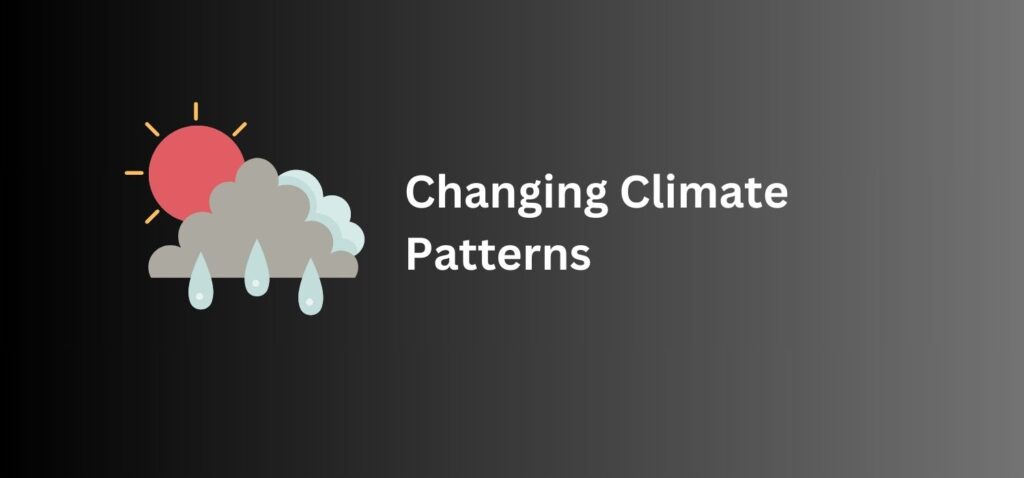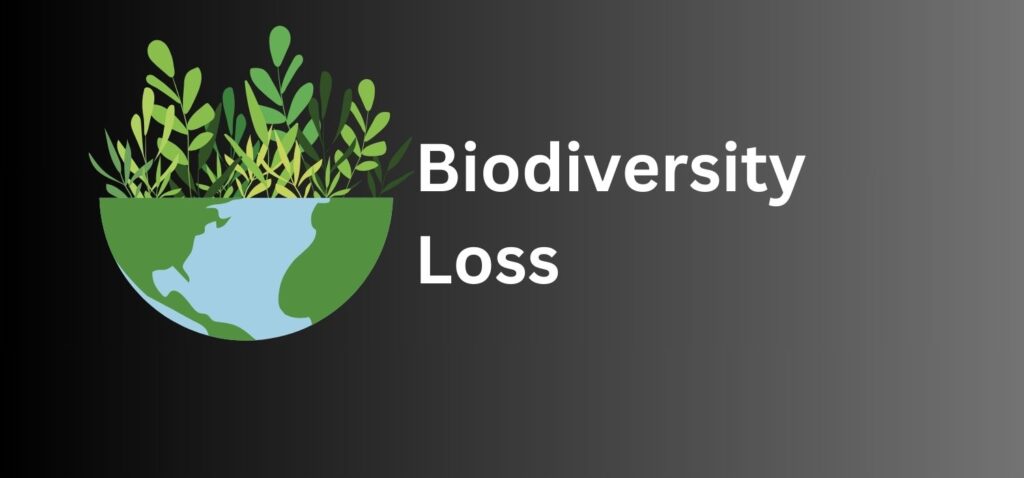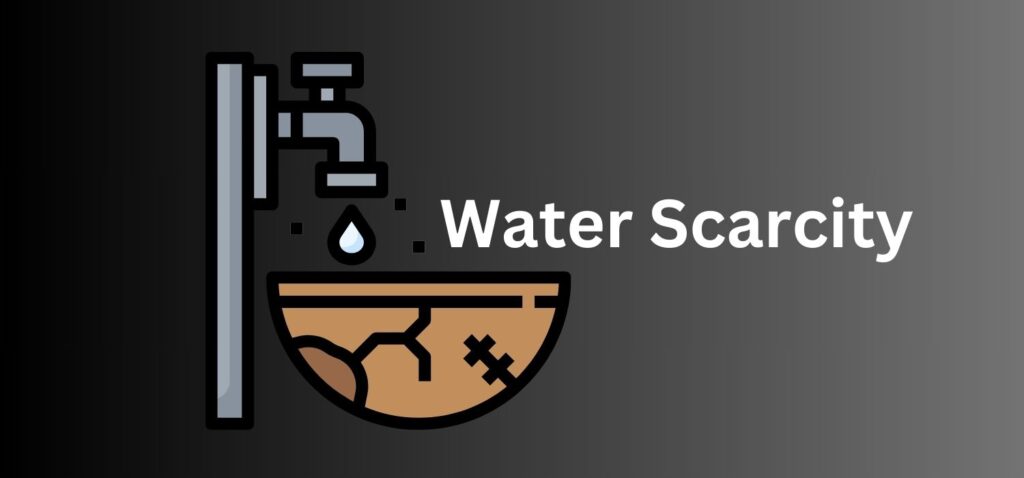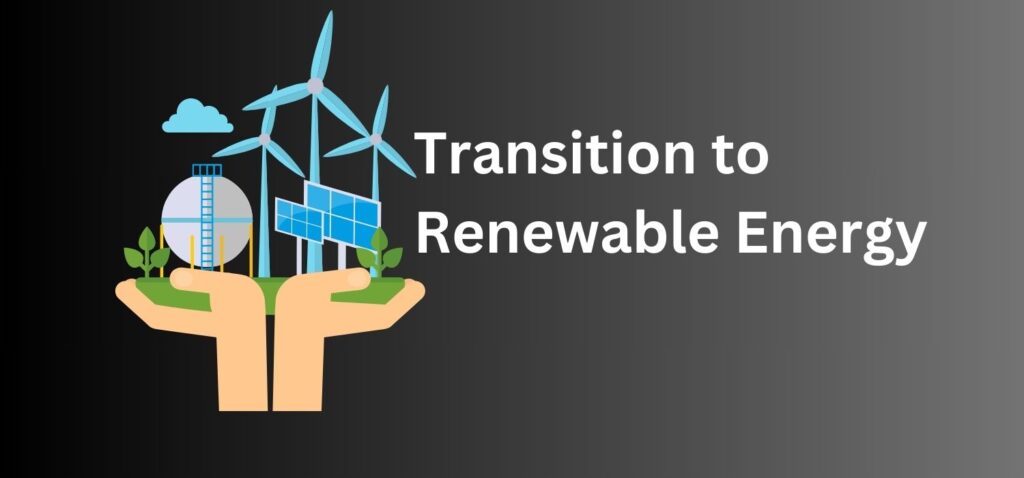In an era defined by rapid environmental change, addressing sustainability and climate risks has become a global priority. The interconnectedness of our ecosystems, economies, and societies means that the effects of climate change ripple far beyond localized events, impacting every aspect of life. From more frequent and severe natural disasters to the strain on vital resources like water and energy, the challenges posed by climate risks demand urgent attention and action.
These risks not only threaten the stability of ecosystems but also disrupt economies, strain supply chains, and jeopardize livelihoods. For instance, industries that rely heavily on natural resources, such as agriculture and energy, face growing uncertainty due to unpredictable weather patterns. Similarly, vulnerable communities are increasingly at risk, further amplifying social inequities.
This blog aims to shed light on the top five sustainability and climate risks projected for 2025. By understanding these challenges, we can better prepare, adapt, and implement solutions that promote a sustainable and resilient future for all. Whether you’re a policymaker, business leader, or individual committed to making a difference, this guide provides valuable insights into the critical issues shaping our world today.
2. Changing Climate Patterns

The Earth’s climate is shifting at an unprecedented pace, bringing with it a cascade of challenges that affect every corner of the globe. Extreme weather events such as hurricanes, floods, wildfires, and droughts are becoming more frequent and intense, disrupting ecosystems and endangering lives. These events are not just isolated incidents; they are symptoms of a larger, ongoing transformation driven by rising global temperatures and destabilized weather systems.
The impact on agriculture is particularly alarming. Unpredictable weather patterns result in crop failures, reduced yields, and rising food prices, threatening food security for millions. Meanwhile, infrastructure in both urban and rural areas suffers from increased vulnerability to flooding, storms, and other natural disasters, leading to significant economic losses and displacement of communities.
To mitigate these risks, sustainable practices must be prioritized. Investing in resilient infrastructure, adopting climate-smart agricultural techniques, and integrating renewable energy into disaster management systems are crucial steps. These proactive measures not only help communities adapt to changing climate patterns but also reduce the overall impact of extreme weather events.
Understanding and addressing these challenges is essential for safeguarding our ecosystems, economies, and societies from the escalating risks posed by a changing climate.
3. Biodiversity Loss

The planet is facing an alarming decline in biodiversity, driven by deforestation, habitat destruction, pollution, and climate change. Ecosystems that have thrived for centuries are now under siege, leading to the loss of countless species at an unprecedented rate. This biodiversity crisis has far-reaching consequences that threaten the delicate balance of life on Earth.
One of the most immediate impacts is on food security. The loss of pollinators like bees and butterflies disrupts agricultural productivity, putting crops and the global food supply at risk. Additionally, degraded ecosystems are less resilient to climate change, making them more vulnerable to extreme weather events and reducing their ability to provide essential services like clean water and air.
Biodiversity loss also has economic implications, particularly for industries reliant on natural resources, such as agriculture, fisheries, and tourism. The disappearance of species and habitats reduces opportunities for sustainable economic activities and increases the costs of managing depleted ecosystems.
Conservation efforts are critical to reversing this trend. Initiatives like reforestation, habitat restoration, and the establishment of protected areas can help preserve biodiversity. Promoting sustainable land use practices and reducing greenhouse gas emissions are also essential steps in protecting the intricate web of life that supports human and ecological health.
The fight against biodiversity loss is not just about saving species; it is about preserving the foundation of our existence. By taking decisive action now, we can ensure that ecosystems remain vibrant and resilient for generations to come.
4.Water Scarcity

Water scarcity is emerging as one of the most pressing global challenges, with climate change and population growth intensifying the crisis. Regions that once enjoyed abundant freshwater resources are now grappling with shortages, as rising temperatures accelerate evaporation and disrupt rainfall patterns. At the same time, overextraction and pollution are depleting water sources faster than they can naturally replenish.
The consequences of water scarcity are severe and multifaceted. Agriculture, which accounts for nearly 70% of global freshwater use, faces declining productivity as irrigation systems struggle to meet demand. In urban areas, water shortages threaten sanitation, public health, and the functioning of critical infrastructure. For vulnerable communities, limited access to clean water exacerbates poverty and social inequities.
The issue is not confined to developing regions. Even industrialized nations are experiencing droughts, water rationing, and conflicts over access to shared water resources. As water becomes scarcer, the risk of geopolitical tensions over transboundary rivers and aquifers is rising.
Addressing water scarcity requires a combination of innovation, policy, and behavioral change. Technologies such as desalination, wastewater recycling, and efficient irrigation systems can help stretch existing supplies. Governments and organizations must implement policies to promote water conservation and sustainable management. At an individual level, adopting water-saving habits can contribute to the broader effort.
Solving the water crisis is essential for sustaining life, fostering economic stability, and ensuring equitable development. By acting collectively, we can secure this vital resource for present and future generations.
5. Transition to Renewable Energy

The transition from fossil fuels to renewable energy is critical to mitigating climate change, yet it comes with its own set of challenges. While renewable energy sources such as solar, wind, and hydroelectric power offer cleaner and more sustainable alternatives, the process of scaling up these technologies and replacing traditional energy systems is fraught with obstacles.
One major challenge is the lack of adequate infrastructure to support widespread adoption. Power grids in many regions are not equipped to handle the intermittent nature of renewables like solar and wind, which depend on weather conditions. Additionally, the upfront costs of renewable energy installations can be prohibitive for developing nations and small-scale users, even though they promise long-term savings.
Investment in renewable energy must also contend with political and economic barriers. Fossil fuel industries, deeply embedded in global economies, often resist change, lobbying against policies that favor clean energy. This can slow the pace of innovation and hinder the implementation of renewable-friendly regulations.
Despite these challenges, the transition presents significant opportunities. Clean energy technologies are rapidly becoming more affordable and efficient, driven by advancements in battery storage, grid technology, and energy-efficient systems. Governments and organizations are increasingly committing to renewable energy targets, backed by incentives and funding for green initiatives.
Accelerating the shift to renewable energy requires a coordinated effort among policymakers, businesses, and individuals. By investing in sustainable energy solutions, modernizing infrastructure, and fostering public-private partnerships, we can overcome the risks and achieve a cleaner, more resilient energy future. This transition is not just an environmental necessity—it is an economic and social imperative for building a sustainable world.
Conclusion
As we look ahead to 2025, it is clear that the top sustainability and climate risks we face are complex, interconnected, and urgent. From the devastating effects of changing climate patterns and biodiversity loss to the growing challenges of water scarcity and the transition to renewable energy, these risks have the potential to reshape our world. However, the future is not predetermined. With proactive action and collaboration across sectors and borders, we can mitigate these risks and build a more sustainable and resilient global community.
Addressing these challenges requires a unified approach that incorporates science, policy, innovation, and public engagement. Individuals, businesses, and governments all have a role to play in creating solutions that protect our ecosystems, ensure equitable access to resources, and foster long-term economic stability. The time to act is now. By investing in sustainable practices, embracing clean technologies, and advocating for bold climate policies, we can safeguard the planet for future generations.
Together, we have the power to turn the tide on climate and sustainability risks and create a more sustainable world for ourselves and generations to come. The path forward may be challenging, but it is also full of opportunity, creativity, and hope. Let’s take action today to build a more sustainable tomorrow.

